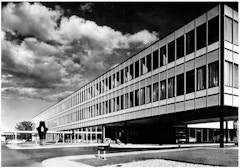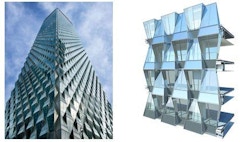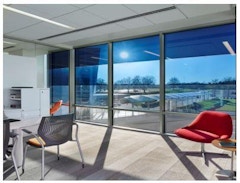
The Facade and Energy Codes
Ever-increasing performance requirements in the latest version of the energy codes are compelling project teams to consider the thermal performance

Ever-increasing performance requirements in the latest version of the energy codes are compelling project teams to consider the thermal performance

Analyzing the energy performance of complex building envelopes, determining the need for sun protection, and assessing the effectiveness of shading

Closed cavity facades (CCF), a configuration of Double Skin Facade (DSF), consists of a double-glazed unit on the inner layer and single glazing on

Mid-century through 1980’s buildings with lock-strip or “zipper-gasket” glazing systems are an ever present part of the urban landscape in many


Thermal discomfort can occur in perimeter zones due to radiant heat loss from the occupant to a poorly insulated exterior wall. It is valuable for


To paraphrase Robert le Ricolias, the art of the structure is where to put the folds. Using that inspiration, fundamental concepts from origami,



Access to natural daylight and connection to the outdoor environment is one of the key elements of contemporary architecture. This design concept is

Aesthetic and technical capabilities of facade design have become seemingly endless as building technologies progress. While the capacity to address

It is commonly thought that fenestration U-factor is not a key determinant in the performance of facades in hot climates, and generally the focus of
Glazed wall systems, such as curtain walls and window walls, are one of the most commonly used façade systems in modern buildings in North America.

